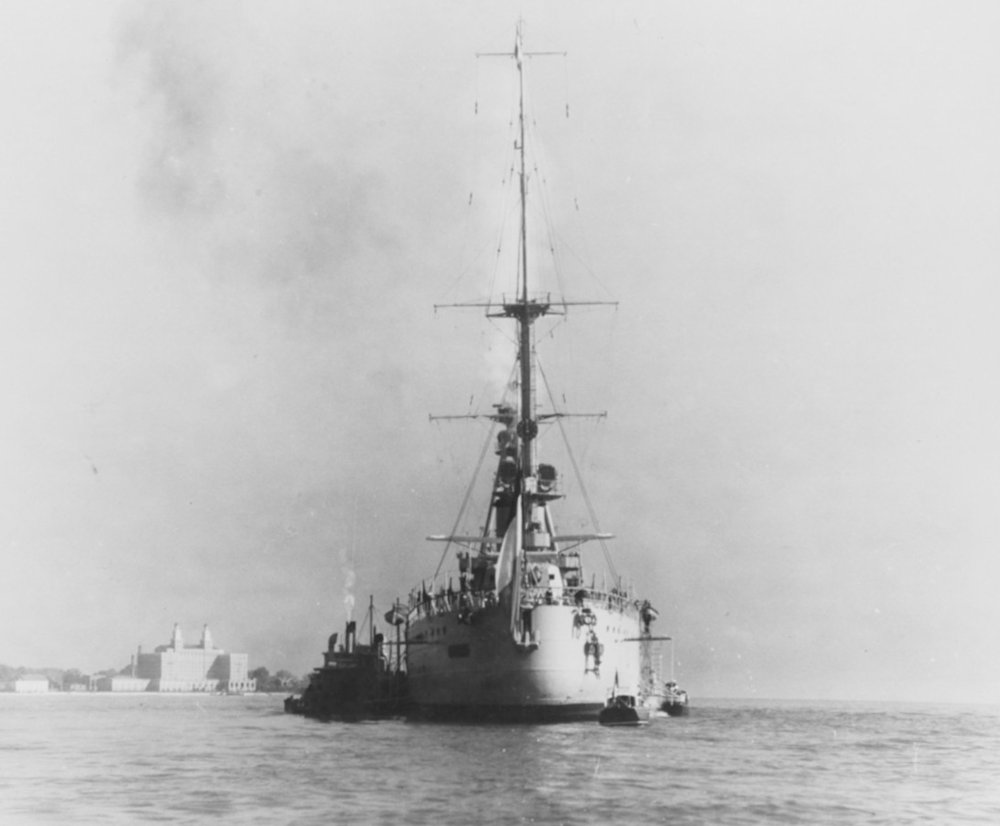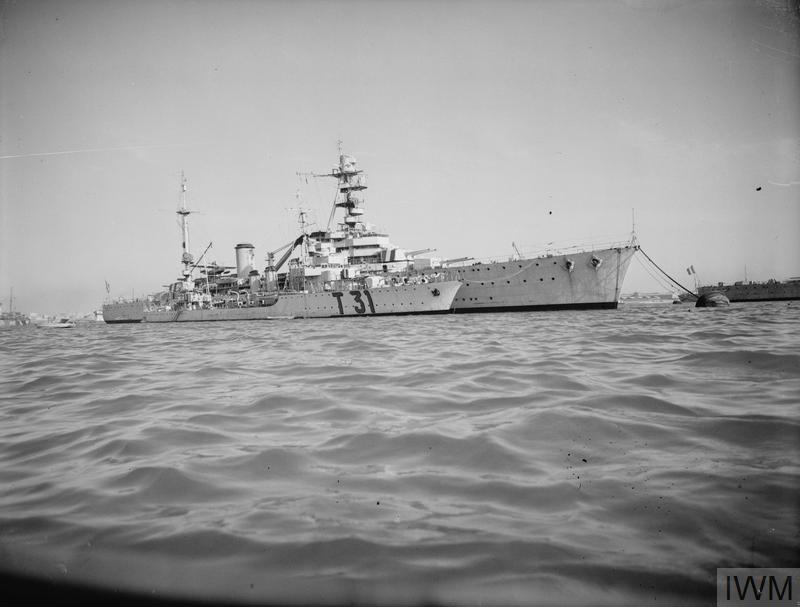The French heavy cruiser Duquesne was the lead ship of her class class which also included Tourville. Following her commissioning, Duquesne served primarily in the Mediterranean, participating in various training exercises and goodwill missions. In January 1940, she was involved in the search for the German pocket battleship Admiral Graf Spee. After the British executed Operation Catapult in June 1940, Duquesne was disarmed and interned in Alexandria, Egypt, along with other French warships. In June 1943 she re-joined the Allied cause and was rearmed. She was incorporated into the Free French Naval Forces (FNFL) on 24 June 1943. After the war, Duquesne participated in the re-establishment of French rule in Indo-China. This continued until April 1947.
Following her return to France, Duquesne was repurposed as an amphibious forces depot ship in Arzew, Algeria, from late 1948. She remained in this capacity until she was stricken from the naval register on 2 July 1955 and subsequently sold for scrap.
- Keel Laid Down: 30 October 1924 at Arsenal de Brest.
- Launched: 17 December 1925.
- Commissioned: 6 December 1928.
- Class: Duquesne-class heavy cruiser.
- Displacement: 10,160 tons standard; 12,435 tons at full load.
- Dimensions: Length: 191 m; Beam: 19 m; Draught: 6.32 m.
- Propulsion: 8 Guyot du Temple boilers, 4-shaft Rateau-Bretagne turbines, producing 118,358.4 shp.
- Speed: 34 knots (63 km/h).
- Range: 5,000 nautical miles at 15 knots.
- Armament:
- 4 × 2 × 203 mm/50 Modèle 1924 guns.
- 8 × 75 mm AA guns.
- 4 × 2 × 37 mm AA guns.
- 12 × 13.2 mm machine guns.
- 4 × 3 × 550 mm torpedo tubes.
- Armor: 30 mm over magazines, 30 mm deck, 30 mm turrets and conning tower.
- Aircraft: Initially 2 × FBA 17 or CAMS 37A, later replaced by GL-810 and Loire-Nieuport 130 seaplanes.
- Catapult: 1.





















